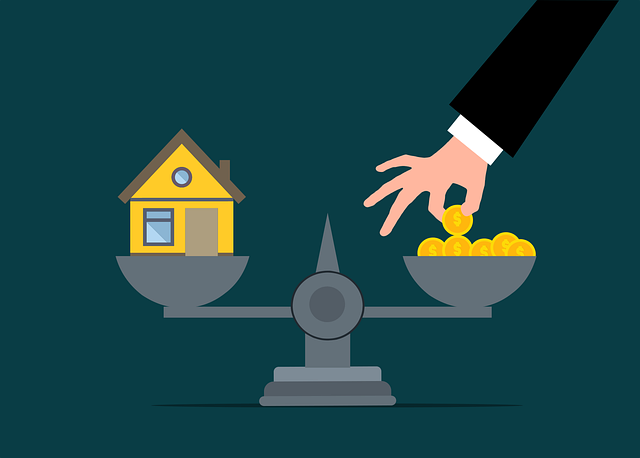
The Pros and Cons of Secured Business Loans
 While there are dozens of different types of business loans, most of them can be classified as secured or unsecured. Secured business loans are those backed by collateral. You’ll have to provide the lender with collateral to obtain them. Unsecured business loans are not backed by collateral. Before applying for a secured business loan, you should weigh all of the pros and cons.
While there are dozens of different types of business loans, most of them can be classified as secured or unsecured. Secured business loans are those backed by collateral. You’ll have to provide the lender with collateral to obtain them. Unsecured business loans are not backed by collateral. Before applying for a secured business loan, you should weigh all of the pros and cons.
Pro: Doesn’t Require Good Credit
You don’t need good credit to obtain a secured business loan. Lenders pay little or no attention to credit scores when evaluating applications for secured business loans. You don’t need good credit, nor do you need any credit, in fact. You just need to provide the lender with collateral.
Pro: Low Interest Rate
Both secured business loans and unsecured business loans come have an interest rate. The interest rate is an added fee on the principle of the loan that’s baked into the payments. Secured business loans, though, typically have a lower interest rate. You can expect to pay less in interest fees over the term of the secured business loan.
Pro: No Equity, No Problem
Secured business loans don’t involve any equity. Equity represents ownership in a given business. You can use it to obtain financing from investors. Known as equity financing, it generally involves selling an ownership stake in your business to one or more investors. If you want to retain full ownership of your business, you should choose a secured business loan. Secured business loans don’t involve any equity.
Con: Requires Collateral
While you don’t need good credit to obtain a secured business loan, you will need collateral. All secured business loans require collateral. After all, collateral is essentially what distinguishes them from unsecured business loans. Different lenders may accept different types of collateral. You might be able to provide them with property deeds, treasury notes and stocks. If you don’t have a sufficient amount of collateral — or if you don’t have the right type of collateral — the lender may reject your application.
Con: Potential Loss of Collateral
As long as you repay the secured business loan, you’ll get to keep your collateral. Problems can arise, however, if you fail to meet your payment obligations. Defaulting on a secured business loan will typically result in the loss of collateral. The lender will take ownership of your collateral.
Have anything else that you’d like to add? Let us know in the comments section below!

QuickBooks: How to Update Your QuickBooks Company File With an Accountant’s Copy
 Do you outsource your business’s bookkeeping to an accountant? Rather than doing it in-house, many entrepreneurs and business owners rely on the services of a professional accountant. With QuickBooks, you can send a special file to your accountant. Known as an Accountant’s Copy, it will allow the accountant to make changes to your business’s financial data without actually affecting your company file. After he or she has made the necessary changes, though, you’ll need to update your company file to reflect it.
Do you outsource your business’s bookkeeping to an accountant? Rather than doing it in-house, many entrepreneurs and business owners rely on the services of a professional accountant. With QuickBooks, you can send a special file to your accountant. Known as an Accountant’s Copy, it will allow the accountant to make changes to your business’s financial data without actually affecting your company file. After he or she has made the necessary changes, though, you’ll need to update your company file to reflect it.
Step #1) Back Up Your Company File
Before updating your company file, you should back it up. Creating a back up is always a good idea. If something goes wrong during the update, you can restore your company file without experiencing any loss of data.
Step #2) Import the Accountant’s Copy
After backing up your company file, you can import the Accountant’s Copy. Click the “File” menu on the home screen and select “Send Company File.” Next, choose “Accountant’s Copy,” followed by “Client Activities.” You should see an option to import accountant changes from file. Selecting this option will allow you to choose the Accountant’s Copy file on your computer. After navigating to the Accountant’s Copy file on your computer — the Accountant’s Copy file uses the QBY extension — you can then import it.
Step #3) Verify the Changes
QuickBooks will automatically update your company file so that it reflects the Accountant’s Copy. Any changes made to the Accountant’s Copy will appear in your company file. Therefore, you should verify the changes in your company file. You’ll need to make sure the Accountant’s Copy is accurate and doesn’t contain any bad or inaccurate data that could otherwise harm your company file.
You can review the changes in QuickBooks to see what your company file will look like with the imported Accountant’s Copy. If everything looks good, you can choose “Incorporate Accountant’s Changes” to complete the import process. If there are mistakes with the Accountant’s Copy, you can click the “Close” button.
Step #4) Turn on Advanced Inventory
Depending on which version of QuickBooks Desktop you use, you may need to turn on Advanced Inventory after importing the Accountant’s Copy. QuickBooks Desktop Pro and QuickBooks Desktop Premier feature Advanced Inventory. When importing the Accountant’s Copy, you’ll have to disable this feature. And when you are finished importing the Accountant’s Copy, you’ll have to enable Advanced Inventory.
Have anything else that you’d like to add? Let us know in the comments section below!
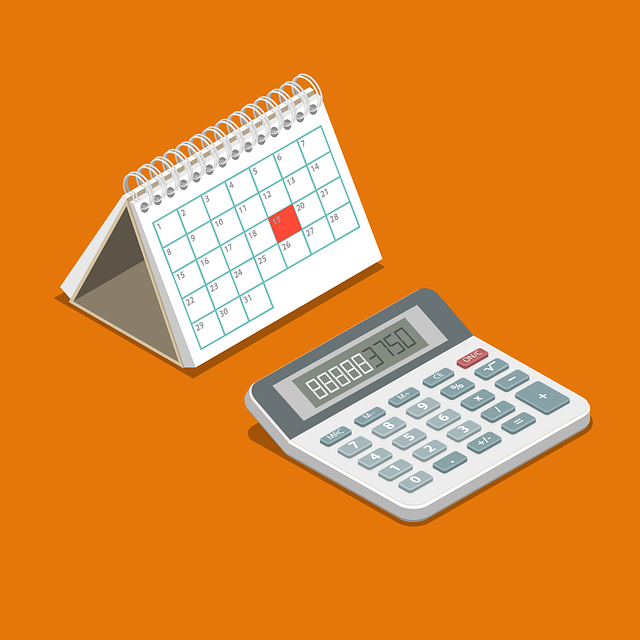
What Is Operating Leverage in Accounting?
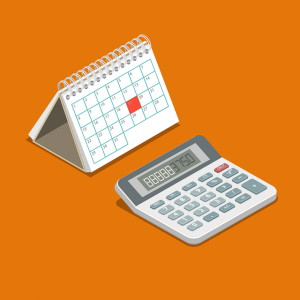 What’s your business’s operating leverage? When you invest in business-related products and services, you may expect them to drive revenue. Some of these costs, however, may prove more valuable to your business than others. By calculating your business’s operating leverage, you’ll have a better understanding of how effectively — or how poorly — your business is using its equipment, machines and other business-related products and services
What’s your business’s operating leverage? When you invest in business-related products and services, you may expect them to drive revenue. Some of these costs, however, may prove more valuable to your business than others. By calculating your business’s operating leverage, you’ll have a better understanding of how effectively — or how poorly — your business is using its equipment, machines and other business-related products and services
The Basics of Operating Leverage
Operating leverage is an analysis of a business’s fixed to variable costs. It’s used to calculate revenue changes associated with fixed costs.
All businesses have costs. Most costs can be classified as either fixed or variable. Fixed costs are those that remain constant for a prolonged period. And unlike variable costs, fixed costs are used to generate revenue. Your business may purchase equipment and machines, for instance, to produce products. Because they are directly used to generate revenue, equipment and machines are considered fixed costs.
Why Operating Leverage Is Important
Operating leverage is important because it reveals the correlation between fixed and variable costs. While they both consist of expenses, fixed costs and variable costs aren’t the same. Fixed costs are typically considered more valuable because they translate into revenue. When your business purchases equipment, machines or other essential products or services, it will likely generate revenue from those fixed costs.
Variable costs are less valuable. As previously mentioned, variable costs don’t translate into revenue. You can’t expect to avoid all variable costs when running a business, but you should try to keep them to a minimum. A high ratio of variable to fixed costs may result in less revenue for your business. Operating leverage, of course, will allow you to track your business’s fixed and variable costs.
If you know your business’s operating leverage, you can use it to calculate your business degree of operating leverage (DOL). DOL represents how efficiently your business turns its fixed costs into revenue. DOL, of course, is based on operating leverage. After identifying your business’s DOL, you’ll know whether your business is using its equipment, machines and other fixed costs to their fullest potential.
In Conclusion
Operating leverage may sound confusing, but it’s a relatively simple metric. It provides insight into fixed and variable costs. Calculating your business’s operating leverage will allow you to calculate your business’s DOL, thus revealing how well your business converts its fixed assets into revenue.
Have anything else that you’d like to add? Let us know in the comments section below!

5 Things You Need to Know About Filing a Tax Extension
 If you’ve fallen behind on your taxes and are unable to make the April deadline, you may want to file an extension. A tax extension is exactly what it sounds like: It extends the date on which your taxes are due. It will give you a little extra time to prepare and submit your taxes to the Internal Revenue Service (IRS). Maybe you’re still waiting on a 1099, or perhaps you need to collect bank statements. Regardless, you may want to file a tax extension. Before doing so, however, there are a few things you should know.
If you’ve fallen behind on your taxes and are unable to make the April deadline, you may want to file an extension. A tax extension is exactly what it sounds like: It extends the date on which your taxes are due. It will give you a little extra time to prepare and submit your taxes to the Internal Revenue Service (IRS). Maybe you’re still waiting on a 1099, or perhaps you need to collect bank statements. Regardless, you may want to file a tax extension. Before doing so, however, there are a few things you should know.
#1) 30 Days or 6 Months
Tax extensions are typically good for either 30 days or six months. Six-month extensions are the most common. Instead of submitting your taxes, you can submit them in October. But if you only need a few extra weeks to prepare your taxes, you can file a 30-day extension. There are 30-day and six-month tax extensions available.
#2) Requires Approval
You’ll have to apply for a tax extension. Tax extensions aren’t automatically granted for all tax payers. When you apply for a tax extension, you’ll either be approved or rejected. Assuming there’s nothing wrong with your status, you should be approved. But rejections can and do occur. The bottom line is that you’ll need to get approved for a tax extension.
#3) Payment Is Still Required on the Regular Due Date
Contrary to popular belief, a tax extension doesn’t extend the due date for tax payments. Rather, it only extends the date on which taxes must be filed. If you owe money on your taxes, you’ll have to submit a payment to the IRS on the regur due date — typically April 15 — regardless of whether you file an extension. A tax extension simply gives you extra time to submit your taxes to the IRS; it doesn’t give you extra time to submit payments for money owed on your taxes.
#4) Eliminates Late Filing Penalty
One of the main benefits of filing a tax extension is that it eliminates the IRS’s late filing penalty. If you submit your taxes past the due date, you’ll typically be charged a fee. A tax extension will eliminate this fee. You won’t be charged for submitting your taxes late if you file for an extension.
#5) Extensions Are Free
You can file a tax extension for free. To file a tax extension electronically, you’ll need to complete and submit Form 4868 to the IRS. Alternatively, you can mail a paper extension application to the IRS. The IRS doesn’t charge tax payers for extensions.
Have anything else that you’d like to add? Let us know in the comments section below!
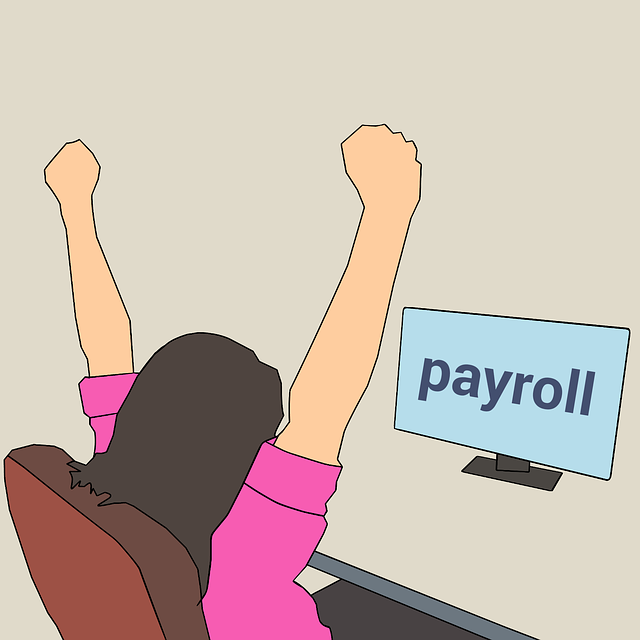
In-House vs Outsourced Payroll: Which Is Best?
 How many employees does your business have? While some small businesses are structured as sole proprietorships, most are structured as either a limited liability company (LLC) or an S-Corp. And research shows that small businesses in the United States have an average of 10 employees. Whether your business has more or fewer employees, you’ll have to pay them. The process of paying employees, of course, is known as payroll. You can perform payroll in-house, or you can outsource your business’s payroll to a third party.
How many employees does your business have? While some small businesses are structured as sole proprietorships, most are structured as either a limited liability company (LLC) or an S-Corp. And research shows that small businesses in the United States have an average of 10 employees. Whether your business has more or fewer employees, you’ll have to pay them. The process of paying employees, of course, is known as payroll. You can perform payroll in-house, or you can outsource your business’s payroll to a third party.
Benefits of In-House Payroll
You’ll inevitably save money by choosing in-house payroll. In-house means that you perform it internally within your business With in-house payroll, you’ll be responsible for tracking employees’ hours and, ultimately, paying them for their work.
By choosing in-house payroll, you’ll gain a better understanding of your business’s operations. You’ll be able to see firsthand how many hours your business’s employees worked as well as how much money those employees earned. With outsourced payroll, a third party will handle this data.
In-house payroll is easier than you may realize. There’s dedicated payroll software available that you can use to pay your business’s employees. Alternatively, you can use QuickBooks. QuickBooks offers an in-house payroll service at https://quickbooks.intuit.com/payroll.
Benefits of Outsourced Payroll
There are reasons to consider outsourced payroll as well. If your business only has a few employees, in-house payroll may suffice. For a larger business with more employees, though, you may want to choose outsourced payroll. Outsourced payroll will allow you to focus on running and growing your business rather than payroll-related tasks.
You won’t have to worry about filing fax forms with outsourced payroll. Taxes, of course, are a component of payroll. When you pay employees, you’ll have to withhold some of their earnings, and you’ll have to submit this information to the Internal Revenue Service (IRS) at the end of the respective period. Outsourced payroll eliminates this burden. By outsourcing your business’s payroll, a third party will take care of these tax forms.
Mistakes are less likely to occur with outsourced payroll. Providers of this service specialize in payroll. They know how to track employees’ hours, pay employees and file all of the necessary tax forms. This doesn’t mean that mistakes never happen. When compared to in-house payroll, though, mistakes are less likely to occur with outsourced payroll.
Have anything else that you’d like to add? Let us know in the comments section below!

What Is Liquidity Ratio in Accounting?
 When seeking financing for your business, there are certain metrics you’ll need to know. Liquidity ratio, for instance, is an important metric. Many lenders will consider your business’s liquidity ratio. With a good liquidity ratio, you’ll have an easier time getting approved for financing. What is liquidity ratio in accounting exactly, and how do you calculate it?
When seeking financing for your business, there are certain metrics you’ll need to know. Liquidity ratio, for instance, is an important metric. Many lenders will consider your business’s liquidity ratio. With a good liquidity ratio, you’ll have an easier time getting approved for financing. What is liquidity ratio in accounting exactly, and how do you calculate it?
The Basics of Liquidity Ratio
Liquidity ratio is a measurement of your business’s assets relative to its liabilities. Assets are items of monetary value. There are tangible assets, and there are intangible assets. Regardless, they are all items of monetary value that your business owns.
Liabilities, on the other hand, are financial obligations. Any debt that your business owes to a lender, organization or individual is a liability. Liabilities are essentially the opposite of assets. Assets represent value, whereas liabilities represent debt. With liquidity ratio, you can compare your business’s assets to its debt.
Calculating Your Business’s Liquidity Ratio
As long as you know your business’s assets and liabilities, you can calculate its liquidity ratio. There are several different formulas available for liquidity ratio. The simplest formula involves taking your business’s assets and dividing it by your business’s liabilities.
There are other formulas you can use to calculate liquidity ratio, but they all require knowing your business’s assets and liabilities. Assets and liabilities are the foundation of liquidity ratio. With this information, you can determine the correct liquidity ratio for your business.
What Liquidity Ratio Reveals About Your Business
Liquidity ratio lives up to its namesake by revealing your business’s liquidity. In other words, it’s a measurement of how easily your business can pay its debts.
Nearly all businesses have debt. Research shows that most small businesses have about $10,000 of debt. Larger businesses often have over $100,000 of debt. As your business takes on debt, though, you’ll need to ensure that you’re able to repay it.
You can use liquidity ratio to determine the ease at which your business can satisfy its financial obligations and, thus, repay its debt. A high liquidity ratio will give you peace of mind knowing that your business can repay its debt. It means your business has a lot of assets relative to its debt. And you can probably use some of its assets to pay down the debt.
Lenders may also look at your business’s liquidity ratio. Since it’s a measurement of how easily your business can repay its debt, many lenders will take into account liquidity ratio when determining whether to approve your business for financing.
Have anything else that you’d like to add? Let us know in the comments section below!

What Is a Capital Lease in Accounting?
 Leases are common in the world of business. Businesses, especially startups, often prefer to lease assets rather than purchase them. Leasing allows businesses to use assets by renting them for a given period. There are different types of leases, however, one of which is capital. What is a capital lease exactly?
Leases are common in the world of business. Businesses, especially startups, often prefer to lease assets rather than purchase them. Leasing allows businesses to use assets by renting them for a given period. There are different types of leases, however, one of which is capital. What is a capital lease exactly?
The Basics of a Capital Lease
A capital lease is a formal business contract that allows you to lease an asset with ownership rights. You can obtain a capital lease for equipment, vehicles and other assets. With a capital lease, a lender will provide your business with the asset. You’ll have a contractual obligation to make lease payments according to the lender’s terms and conditions. After the lease period has ended — and assuming you’ve paid the capital lease in full — the lender will provide you with ownership of the leased asset.
Benefits of using a capital lease include the following:
- Uses a lease-to-own model in which you own the asset after the end of the lease period
- Allows you to purchase assets without paying for them in full at once
- Ability to record operating expenses associated with assets on your business’s balance sheet
- Ability to record depreciation with assets on your business’s balance sheet
Capital Lease vs Operating Lease
In addition to capital leases, there are operating leases. Both capital leases and operating leases involve renting an asset from a lender known as a lessee. With that said, only capital leases allow you to own assets.
With an operating lease, the lessee will allow you to use the asset. Whether it’s equipment, vehicles or any other asset, you’ll be able to use it for the duration of the operating lease. And during this period, you’ll have to make payments to the lender. Both capital leases and operating leases require payments to the lender. The difference is that capital leases allow you to own assets, whereas operating leases do not.
If you opt for an operating lease, you’ll only be able to use the asset. You’ll technically only rent the asset without ever owning it. For ownership rights, you may want to choose a capital lease, instead. Capital leases come with ownership rights. Ownership rights is the distinguishing factor between capital leases and operating leases.
Have anything else that you’d like to add? Let us know in the comments section below!
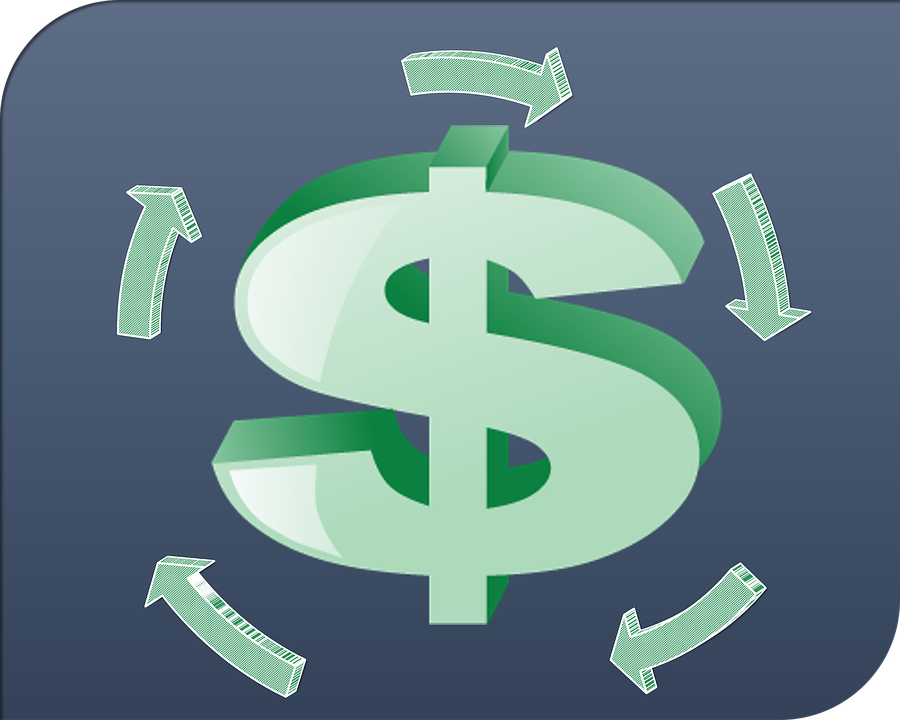
What Is the Zero-Based Budgeting Method?
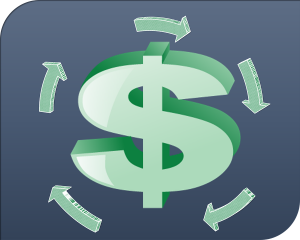 You can’t run a successful business without budgeting. All businesses have expenses. Allowing your business’s expenses to go unchecked will inevitably cut into its profits. If your business’s expenses are greater than its revenue, in fact, you may struggle to make a profit. While there are different budgeting methods available, though, you may want to use the zero-based budgeting method.
You can’t run a successful business without budgeting. All businesses have expenses. Allowing your business’s expenses to go unchecked will inevitably cut into its profits. If your business’s expenses are greater than its revenue, in fact, you may struggle to make a profit. While there are different budgeting methods available, though, you may want to use the zero-based budgeting method.
Overview of the Zero-Based Budgeting Method
The zero-based budgeting method involves the manual approval of all expenses for each accounting period. It was developed in the 1970s by former Texas Instruments accounting manager Peter Pyrhrr. Pyrhrr discovered that by using the zero-based budgeting method, he was able to better allocate funds.
It’s known as the “zero-based budgeting method” because it assumes a zero-dollar budget at the beginning of each accounting period. Each department will then submit a proposal for its expected expenses during that period. Approved expenses are added to the business’s budget. Rejected expenses, on the other hand, are not. The zero-based budgeting method simply assumed a zero-dollar baseline for each accounting period. The business’s budget for a given period is calculated based on expense proposals submitted by various departments.
Advantages of Using the Zero-Based Budgeting Method
When compared to other budgeting methods, the zero-based budgeting method is easier to use. It’s so easy to use, in fact, that many people use the zero-based budgeting method for their personal finances. Whether you want to create a budget for your business or personal finances, you may want to use the zero-based budgeting method. It involves manually identifying and approving each expense for each accounting period.
Your business may save money by using the zero-based budgeting method. Traditional accounting methods typically don’t involve manually approving each expense. As a result, they force businesses to pay for unnecessary expenses. If you use the zero-based budgeting method, however, you’ll have the opportunity to approve each expense for each accounting period. The end result is lower expenses that drive higher profit margins for your business.
You can focus your business’s finances on products and services that drive revenue with the zero-based budgeting method. Not all expenses are equal. Some of them will drive more revenue than others. Using the zero-based budgeting method will allow you to selectively choose which products and services your business will purchase during a given accounting period. The end result is lower expenses and higher revenue.

What Is Straight-Line Depreciation in Accounting?
 When running a business, you’ll need to calculate the depreciation of assets. The Internal Revenue Service (IRS) allows business owners to claim asset depreciation as a deduction. Assets, of course, will often lose some of their value over time. By tracking asset depreciation, you’ll save money on your business’s taxes. While there are different ways to calculate exactly how much value an asset has lost, one of the most common is straight-line depreciation.
When running a business, you’ll need to calculate the depreciation of assets. The Internal Revenue Service (IRS) allows business owners to claim asset depreciation as a deduction. Assets, of course, will often lose some of their value over time. By tracking asset depreciation, you’ll save money on your business’s taxes. While there are different ways to calculate exactly how much value an asset has lost, one of the most common is straight-line depreciation.
Overview of Straight-Line Depreciation
Also known as straight-line basis, straight-line depreciation is a formula used to calculate asset depreciation. You can use it to calculate the depreciation of any fixed asset over a given period. From equipment and vehicles to patents and trademarks, straight-line depreciation works for all fixed assets.
How to Use Straight-Line Depreciation
How do you use straight-line depreciation exactly? First, you’ll need to identify the purchase price of the asset. This is the price that your business originally paid for the asset. Next, you’ll need to identify the scrap value of the asset. Scrap value refers to the monetary value of an asset at the end of its life. When assets have reached the end of their usable life, they may be scrapped for this value.
Finally, you’ll need to identify the usable life of the asset. Usable life is the duration for which an asset is expected to last. Some fixed assets last for just one or two years, whereas others last for over a decade. To use straight-line depreciation, you’ll need to identify the asset’s usable life along with its purchase price and scrap value.
Calculating Asset Depreciation With Straight-Line Depreciation
Assuming you know the asset’s usable life, purchase price and scrap value, you can calculate its depreciation with straight-line depreciation. Straight-line depreciation uses a simple formula. Just take the purchase price of the asset and subtract it by the scrap value. Next, divide this number by the asset’s usable life. The end result will be the asset’s annual depreciation.
Straight-line depreciation receives its namesake from its straight line. When presented in the form of a chart, asset depreciation will consist of a straight line. This is because straight-line depreciation assumes that all assets will depreciate at the same rate over a given period. There are other ways to calculate asset depreciation, but straight-line depreciation is arguably the easiest for this reason.
Have anything else that you’d like to add? Let us know in the comments section below!
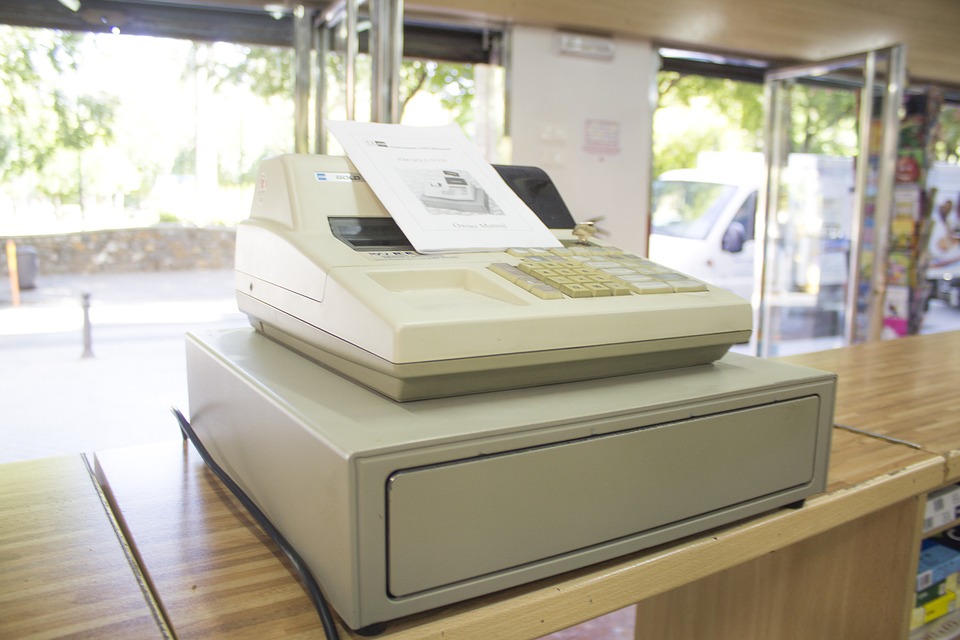
Tangible vs Intangible Fixed Assets: What’s the Difference?
 Accounting requires keeping track of your business’s fixed assets. All businesses have fixed assets. Not to be confused with current assets, they are items of monetary value that can’t be quickly converted into cash. There are two different types of fixed assets, however: tangible and intangible. What’s the difference between tangible and intangible fixed assets exactly?
Accounting requires keeping track of your business’s fixed assets. All businesses have fixed assets. Not to be confused with current assets, they are items of monetary value that can’t be quickly converted into cash. There are two different types of fixed assets, however: tangible and intangible. What’s the difference between tangible and intangible fixed assets exactly?
What Are Tangible Fixed Assets?
Tangible fixed assets are physical items of monetary value that, like all fixed assets, can’t be quickly converted into cash. Businesses typically purchase them to facilitate their operations. Different businesses purchase and use different types of tangible fixed assets. Examples of tangible fixed assets include vehicles, property, equipment and machinery.
What Are Intangible Fixed Assets?
Intangible fixed assets, on the other hand, are items of monetary value that are not physical. You can’t physically see or feel them. Rather, intangible fixed assets are digital or conceptual items of monetary value. Examples of intangible fixed assets include trademarks, patents and copyrights.
Differences Between Tangible and Intangible Fixed Assets
Fixed assets aren’t considered tangible or intangible depending on whether they are physical. Tangible fixed assets are physical items of monetary value, whereas intangible fixed assets are not. Intangible fixed assets still hold monetary value, but they aren’t physical.
Most businesses hold their intangible fixed assets for a longer period than their tangible fixed assets. Trademarks, for example, are often held indefinitely. When a business files for a trademark, it may retain the trademark indefinitely. Businesses, conversely, may sell some of their tangible fixed assets. Tangible fixed assets can’t be quickly converted into cash, but that doesn’t mean businesses retain them indefinitely. If a business needs additional capital, it may sell one or more of its tangible fixed assets.
Both tangible and intangible fixed assets are items of monetary value that can’t be quickly converted into cash. There are current assets as well. Current assets are a different category of assets that, unlike fixed assets, can be quickly converted into cash. Fixed assets, though, fall under one of two categories. There are tangible fixed assets that are physical items of monetary value, and there are intangible fixed items that are intangible items of monetary value. Hopefully, this gives you a better understanding of the differences between tangible and intangible fixed assets.
Have anything else that you’d like to add? Let us know in the comments section below!
